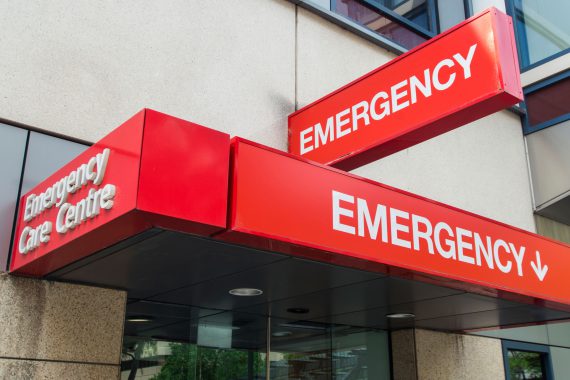Locating GPs in A&E ‘increases demand and doesn’t save money’

Co-locating GPs in urgent care settings increases patient demand, and the set-up costs are far greater than the marginal savings made, according to a study published in Emergency Medicine Journal.
The researchers from the University of Sheffield found that the presence of GPs was linked to an increase, not a decrease in emergency care demand, concluding ‘if you build it, they will come’.
The study – which reviewed studies from around the world on unscheduled care from hospital-based GPs between 1980 and 2015 – found that the set-up costs were very high, with only marginal savings from the co-location.
The authors also warned that co-located services could increase staff dissatisfaction and reduce the quality of care.
They said: ‘By blurring the line between emergency and primary care by co-locating services, there is a risk of losing the continuity of care that primary care provides, and encouraging ad hoc health seeking behaviour.’
They add that ‘patients are generally good at deciding where to access care, and inappropriate choices are generally a function of complex socioeconomic factors and shortcomings in the unscheduled care system.’
It has been previously claimed that GP-led urgent care centres can deal with three-quarters of attendances and the Royal College of Emergency Medicine has argued that GP out-of-hours services should be based in every A&E department so patients could be triaged to the appropriate service to reduce demands on A&E.
However, the authors conclude: ‘There are significant and unexpected consequences of simply transferring interventions that work in one setting without an understanding of context and the process of change’.









